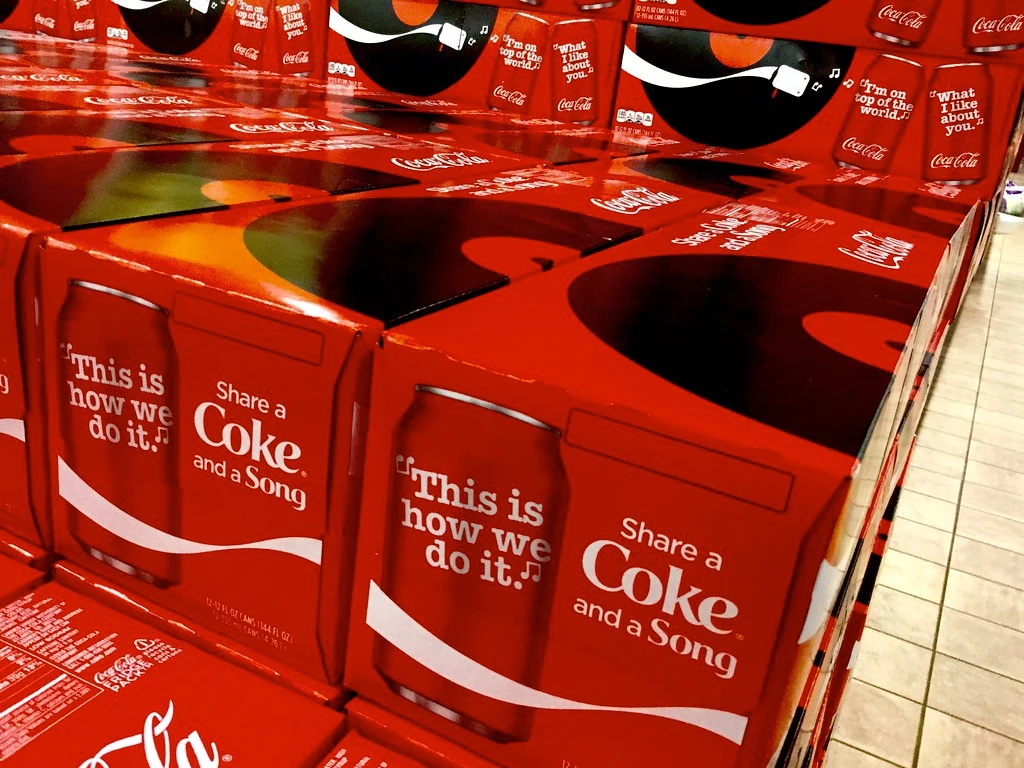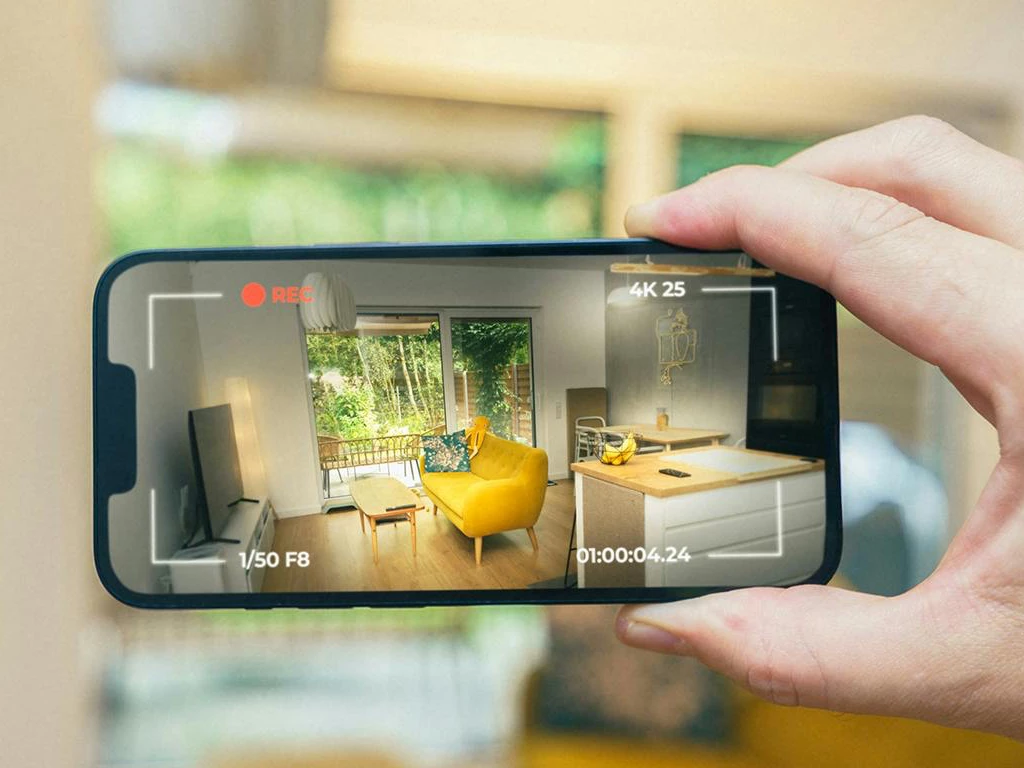Table of Contents
Why Brands needs to implement immersive experiences
Brands in 2025 and onwards must stand out to capture attention. Immersive brand experiences offer a unique way to engage customers. These experiences go beyond traditional marketing, creating memorable interactions.
By leveraging technology, brands can craft personalized and interactive experiences. This approach not only captivates but also fosters deeper connections with consumers.
Immersive experiences are a key component of experiential marketing. They help brands tell their stories compellingly.
As a result, customer engagement and brand loyalty can significantly increase. Brands that embrace these experiences can differentiate themselves in a crowded market.
The potential for immersive experiences offers endless opportunities for innovation and growth.
What Are Immersive Brand Experiences?
Immersive brand experiences are interactive engagements that capture consumers’ senses. They combine digital and physical elements to create unique interactions. These experiences are much more engaging than traditional advertising.
Brands use various strategies to achieve this:
- Virtual and augmented reality
- Multi-sensory installations
- Interactive storytelling

The goal is to immerse consumers in a brand’s story or environment. This approach helps forge strong emotional bonds with audiences. It is not just about seeing or hearing a brand but truly experiencing it.
Immersive experiences make customers feel they are part of the narrative. This connection can boost brand loyalty and encourage sharing. Thus, they become powerful tools for creating lasting impressions.
The Power of Immersive Experiences in Customer Engagement
Immersive experiences significantly enhance customer engagement. They transform passive consumers into active participants. By doing so, they foster deeper connections and personal investment.
When consumers are deeply engaged, they become more loyal. Immersive brand experiences capture attention and hold it. This allows brands to communicate their message more effectively.
These experiences can include elements such as:
- Interactive digital content
- Virtual reality simulations
- Engaging social media campaigns
Each element can evoke powerful emotions that resonate with consumers. Emotional connections lead to greater brand affinity. Such connections can transform occasional customers into passionate advocates.
Furthermore immersive experiences facilitate direct feedback. Brands gain insights into consumer behavior and preferences. This knowledge helps refine strategies and products.
Immersive experiences are a robust strategy for customer engagement. They invite consumers to become part of the journey. It’s engagement that goes beyond the surface, embedding the brand deeply in consumers’ lives.
Experiential Marketing: Why Immersion Matters
Experiential marketing thrives on immersion. It seeks to create lasting memories, not just fleeting impressions. By engaging multiple senses, brands can craft impactful narratives. In this approach, consumers are not just observers. They become integral parts of brand stories. This integration fosters a more genuine connection.
Here’s why immersion is essential in experiential marketing:
- It creates emotional and lasting brand connections.
- Consumers experience the brand’s promise firsthand.
- Engagement levels increase which leads to improved brand recall.


Immersive experiences can differentiate brands in crowded markets. They offer something distinct, drawing consumers into the brand universe. This uniqueness is vital for brands to stand out and succeed in capturing consumer interest.
Key Benefits of Immersive Brand Experiences
Immersive brand experiences offer unique advantages. They engage customers by making them active participants rather than passive spectators. This involvement increases emotional investment.
One significant benefit is enhanced brand loyalty. When customers feel emotionally connected to a brand, they are more likely to return. Immersive experiences also help build these crucial ties.These experiences can also amplify word-of-mouth marketing. Memorable interactions prompt customers to share their experiences. This sharing extends the brand’s reach without extra cost.
Consider the benefits:
- Increased customer loyalty and retention
- Enhanced brand awareness and differentiation
- Higher likelihood of sharing via social media
Moreover, brands gain insights into consumer behavior. Through immersive technologies, companies can collect valuable data. These insights aid in optimizing future marketing strategies. Embracing immersive experiences is not just a trend, but a tactical advantage for brands.
Real World Examples of Immersive Brand Experiences
Many brands have successfully used immersive experiences to engage their audiences.
For example, Coca-Cola’s “Share a Coke” campaign gave a personal touch to its products. By encouraging customers to find bottles with their names, Coca-Cola created a sense of personal connection.

Similarly, IKEA’s augmented reality app allows customers to visualize how furniture will look in their homes. This interactive experience aids decision-making and enhances customer satisfaction. By integrating technology, IKEA bridges the gap between imagination and reality.

Other notable examples include:
- Nike’s interactive store experiences
- Pepsi’s augmented reality bus stop ads
- Louis Vuitton x Yayoi Kusama
These strategies illustrate how immersion can create memorable and shareable brand moments. They demonstrate the powerful impact of combining technology with creative ideas to captivate audiences and foster brand loyalty.
How to Implement Immersive Experiences: Best Practices
Implementing immersive brand experiences requires careful planning and creativity. Start by identifying what you want to achieve. Consider which aspects of your brand story you want to highlight.
Next choose the right technologies to bring your vision to life. Virtual reality, augmented reality, and interactive displays can significantly enhance customer interaction. These technologies make it possible to craft unique experiences that engage the senses.
It’s also essential to align the experience with your brand values. Consistency strengthens customer trust. Make sure that every element of your immersive experience reflects your brand’s core message.
To execute successfully, collaborate with experienced technology partners like Atlyx, AKQA , Rock Paper Reality . They can help navigate technical complexities and contribute innovative ideas. This collaboration can enhance the quality of your final product.
These practices will not only create engaging experiences but also strengthen brand-customer relationships. Planning and creativity are the keys to immersive success.
Consider these steps:
- Define objectives
- Select suitable technology
- Ensure brand alignment
- Partner with tech experts
Measuring Success: Metrics and ROI of Immersive Experiences
Evaluating the success of immersive experiences is crucial for continuous improvement. Start by setting clear metrics aligned with your objectives. Common measures include customer engagement, conversion rates, and brand recall.
Analyzing data from these metrics helps assess the return on investment (ROI) effectively. Use customer feedback to gain insights into their experiences. This feedback can highlight both strengths and areas for improvement.
Monitoring these metrics will provide valuable insights for refining your strategies. They guide you in making data-driven decisions for future experiences.
Consider these Metrics:
- Customer engagement levels
- Conversion rates
- Brand recall and recognition
Conclusion: The Future of Brand Engagement
The landscape of brand engagement is evolving rapidly, with immersive experiences at the forefront. Brands must adapt to this change or risk being left behind. As technology advances, opportunities for creating impactful interactions will grow.
By embracing immersive brand experiences, companies can foster deeper connections with their audiences. This approach will lead to enhanced customer loyalty and expanded market reach. The future of brand engagement is immersive, and the time to act is now.



JuliaDiela
November 2, 2025 at 10:29 pmHello! I sent a request, but have not yet received a response. Please contact me via WhatsApp.
wa.me/+380951034806